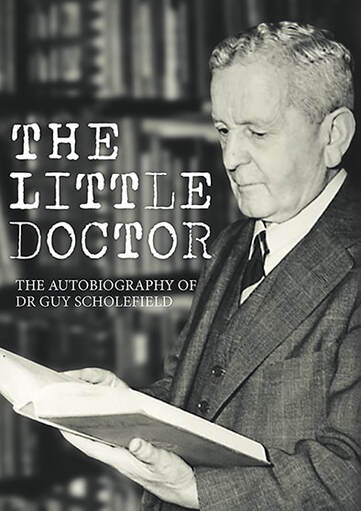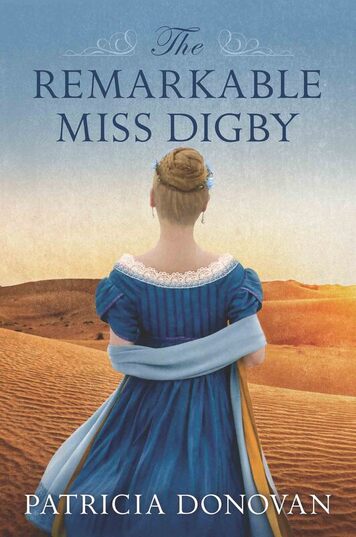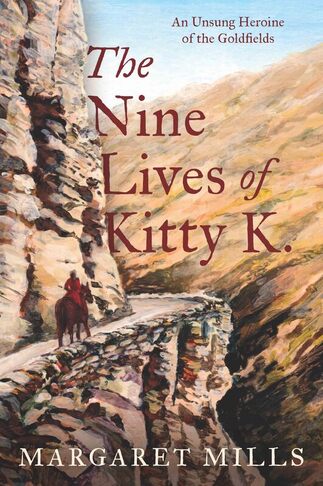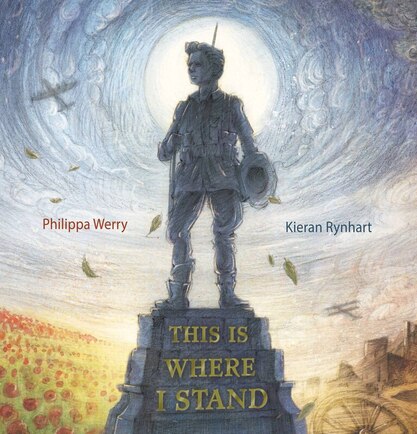
Dr Scholefield’s eventful working life took him to all parts of New Zealand, Australia, the islands of the Pacific and to Britain and Europe. The editor of the book, Ian Grant, discovered the unpublished manuscript in the Alexander Turnbull Library. It has now been published by the Wairarapa Times-Age.
Scholefield’s mother encouraged his love of literature and he hoped to earn his living through creative writing. There were few job vacancies when he completed grammar school in Milton, Otago, but he found work as a compositor for the Bruce Herald newspaper. A conscientious worker, he was soon given the extra responsibility of reporting on local meetings.
In 1899, he moved to Wellington – a two-day sea voyage from Dunedin – to take up employment with the New Zealand Times. He describes the North Island as a frontier land, half unopened with practically no trunk railways. There he made his mark reporting on a wide range of events and issues from local meetings and agricultural shows, to shipping accidents and national politics. It was an eventful period for journalists: Prime Minister Dick Seddon died during a voyage from Australia to New Zealand, the Russo-Japanese war took place and New Zealand became a dominion within the British Empire.
Scholefield’s work took him to all parts of New Zealand, much of it on horseback, and twice to Australia. After becoming Chief of Staff on the newspaper, he found very little time for creative writing, though he did manage to publish a booklet about the main trunk line and lay the beginnings of a New Zealand Who’s Who.
In 1908 Scholefield took a position as London Correspondent with New Zealand Associated Press, providing world news to New Zealand newspapers. Before departure he married Adela Bree, who accompanied him to England, where their three children were born. He spent the next ten years in Europe, covering the First World War and travelling into France as a war correspondent. During his time abroad, he wrote his thesis – The Pacific: Its Past and Future – for which the London School of Economics awarded him a doctorate in economics and political science. Before leaving England, he was awarded an OBE.
On return to New Zealand, he was invited to join a government group to visit New Zealand’s Pacific dependencies and determine requirements for their administration. Barely back on home soil he was seconded as official historian for the Prince of Wales’ tour of New Zealand. This was followed by a period of running the Wairarapa Age in Masterton, chairing the local school board and involvement in numerous organizations and committees. He was appointed Parliamentary Librarian in 1926, and worked there for 21 years, initiating the Archive Division which became our National Archive. During this period he broadcast popular weekly radio talks. He also wrote and published several books, including his third issue of New Zealand Who’s Who.
The Little Doctor is only 130 pages long but packed with detail. As a reporter, Scholefield was involved in the important issues of the day – economics, education, politics – and recorded significant developments. Possibly his greatest contribution was indexing and preserving national records. His autobiography lists the names of a large number of colleagues, many who may be unknown to readers. While this interrupts the narrative, it could be useful to anyone researching New Zealand history. We are told very little about his own family. There is a brief comment about his wife visiting wounded New Zealand servicemen in hospital. This, in part, may have prompted him to accelerate the planned publication of the New Zealander a news sheet which was distributed to all servicemen serving abroad during the remainder of the war.
I would certainly recommend Dr Guy Scholefield’s autobiography to anyone with an interest in New Zealand history. It has encouraged me to explore the ten other works listed in his Select Biography.
Author: Guy Scholefield
Publisher: Fraser Books/Wairarapa Times Age
ISBN: 978-0-9941360-8-4
RRP: $30.00
Available: Softcover only, from bookshops, Fraser Books website




 RSS Feed
RSS Feed
